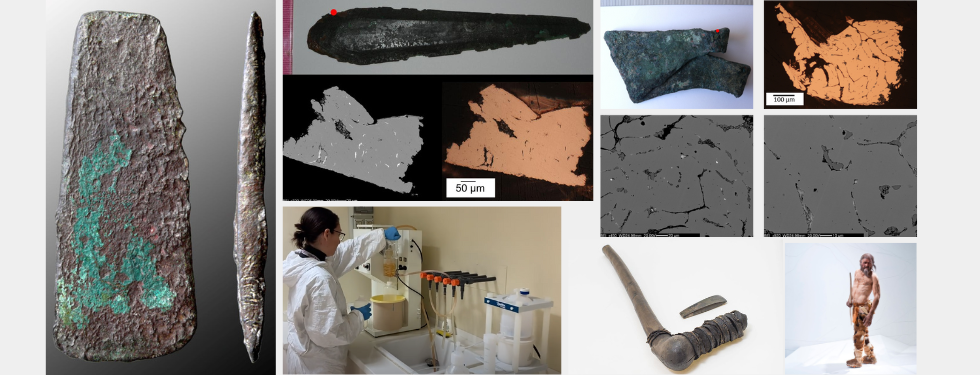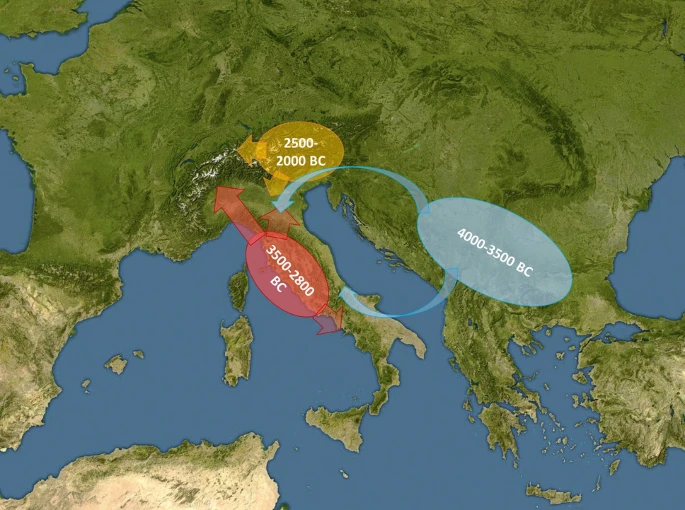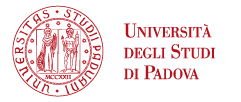The flux of copper metal through the Late Neolithic and Eneolithic in Italy

The Copper Age (also called Chalcolithic and Eneolithic) is the transitional period between the lithic industries of the Neolithic and the metallurgy of the Bronze Age.
Similar to what happens in the system of the three ages (stone, bronze, and iron), which forms a chronological succession of human societies based on the materials for the manufacturing of everyday and warfare tools, even in the case of the Copper Age the introduction of the metal tends to follow rather different local models in different geographical areas.
The study Lead isotopes of prehistoric Copper tools define metallurgical phases in Late Neolithic and Eneolithic in Italy, published in the journal «Scientific Reports» and conducted by researchers from the University of Padua in collaboration with the South Tyrol Museum of Archaeology, analyzed 49 important archaeological objects from the Alpine region, the Po River Valley and Central Italy, reconstructing the oldest flows of copper objects in Italy, and also establishing the temporal sequence in the exploitation of different mining areas.
The study shows that the diffusion of copper in Northern Italy (approximately 4500–2200 BC) includes three major periods of metal use and/or production, each related to specific ore sources.

"During the Late Neolithic all the objects were manufactured and imported from the Balkans. Then with the Rinaldone and the Remedello Cultures, about 3600-3500 BC, there is the starting of copper production in Tuscany and there is no firm evidence of exploitation of the Alpine deposits, which actually started to yield copper only around the middle of the 3rd millennium BC, in connection or slightly earlier than the Beaker cultural event.“
“What we found is definitely a new model for the ancient introduction of copper in the region", Prof. Artioli points out.
Link to the article: https://www.nature.com/articles/s41598-024-54825-z
AUTHORS: Gilberto Artioli, Ivana Angelini, Caterina Canovaro, Günther Kaufmann, Igor Maria Villa





